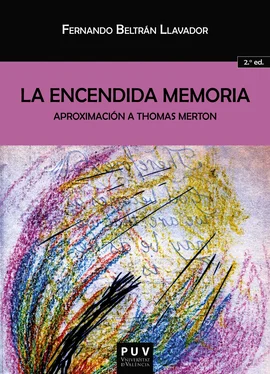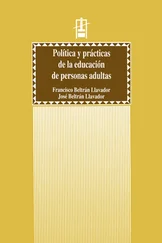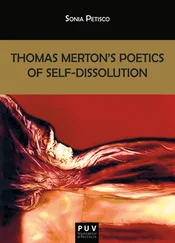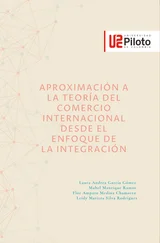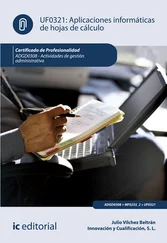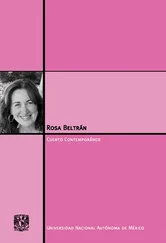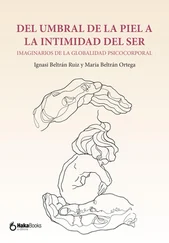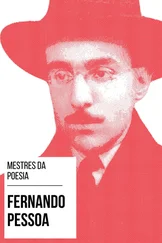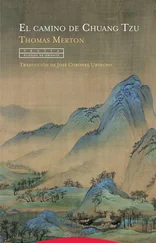2 Paul Wilkes, ed., Merton By Those Who Knew Him Best , Harper & Row, Pub. San Francisco, 1984.
3 Ibid., 26.
4 Ibid., 29-31. Ferlinghetti señala que unas líneas del poema pueden justificar sobradamente su elección: “How we made them sleep and purified them/How we perfectly cleaned up the people and worked a big heater./I was the commander./I made improvements and installed a guaranteed system taking account of human weakness,/I purified and I remained decent./ How I commanded./I made clean appointments and then I made the travelers sleep./And after that, I made soap./I was born into a Catholic family,/ But as these people were not goint to need a priest, /I did not become a priest./I installed a perfectly good machine./It gave satisfaction to many./When trains arrived, the soiled passengers received appointments for fun in the bathroom./They did not guess it was a very big bathroom for two thousand people./It awaited their arriva, and they arrived safely./There would be an orchestra of merry widows, not all the time, much art./If they arrived at all, they would be given a greeting card to send home: “Taken care of with good jobs, wishing you would come to our joke”.../Our work was faultless and detailed./Do you think yourself better because you burn up friends and enemies with long-range missiles without ever seeing what you have done?”.
5 Paul Wilkes, op. cit., 36-37.
6 Ibid., 44-45.
7 Ibid., 50.
8 Parte de su correspondencia se ha recogido en Thomas Merton and Robert Lax, A Catch of Anti-Letters , Sheed, Andrews and McMeel, Kansas City, 1978.
9 Paul Wilkes, op. cit.,72.
10 Ibid., 87, 90.
11 Ibid., 98-9.
12 Ibid., 110.
13 Ibid., 114.
14 Ibid., 119.
15 Ibid., 133.
16 Ibid., 147.
17 Presidente de la Delegación Budista de la Paz en Vietnam durante la guerra, propuesto por el Dr. Martin Luther King para el Premio Nobel de la Paz, y autor, entre otros dentro de su amplia producción, de los libros: The Miracle of Mindfulness , Beacon Press, Boston, 1987 y Being Peace , Parallax Press, California, 1989.
18 Paul Wilkes, op. cit., 151, 153.
19 Ibid., 156-7.
20 Monica Furlong, Merton: A Biography , Darton, Longman, and Todd, London, 1980, 333-340.
21 Paul Wilkes, op. cit., 337-338.
22 “The Life of Thomas Merton as Paradigm: The View from Academe”, en Brother Patrick Hart, ed., The Message of Thomas Merton , Cistercian Publications, Kalamazoo, Michigan, 1981, 154-164.
23 En “The Man”, Brother Patrick Hart, ed, Thomas Merton/Monk: A Monastic Tribute , Cistercian Publications, Kalamazoo, Michigan, 1983, 20.
24 Ibid., 23.
25 Ibid., 27, 30-31.
26 Ibid., 35.
27 Sister Elena Malits, CSC, Journey into the Unknown: Thomas Merton’s Continuing Conversion , Doctoral Dissertation, Fordham University, 1974, University Microfilms, Michigan, 361-362.
28 David Burrell, CSC, “On Discovering Divine Foolishness: Merton as Bridge-Person”, Robert E. Daggy et al., ed., The Merton Annual , Vol. 2, AMS Press, New York, 1989, 121-129.
29 George J. Evans, “Merton: Trappist Monk or ‘monastic sport’?”, en un polémico artículo publicado en National Catholic Reporter , September 22, 1989, que suscitó una posterior colección de respuestas de distinto signo en “Merton mélange” en la misma publicación (October, 13, 1989).
30 Thérèse Lentfoehr, en Thomas Merton/Monk , op. cit., 59-77.
31 David Steindl-Rast, en Thomas Merton/Monk , op. cit., 79-89.
32 Jean Leclerq, en Thomas Merton/Monk , op. cit., 93-104.
33 Adhelm Cameron-Brown, en Thomas Merton/Monk , op. cit., 161-171.
34 Tarcisius Conner, en Thomas Merton/Monk , op. cit., 173-193.
35 Patrick Hart, en Thomas Merton/Monk , op. cit., 209-217.
36 Daniel Berrigan, en Thomas Merton/Monk , op. cit., 219-227.
37 René Bucks, en Thomas Merton/Monk , op. cit., 229-235, y Henri Nouwen, Thomas Merton: Contemplative Critic , Harper & Row Pub., San Francisco, 1981.
38 M. Emmauel de Souza e Silva, en Thomas Merton/Monk , op. cit., 237-251.
39 Armand Véilleux, en Thomas Merton/Monk , op. cit., 261-3.
40 Donald Grayston and Michael V. Higgins, ed., Thomas Merton: Pilgrim in Process , Griffin House, Toronto, 1983.
41 Cit. en Michael Mott, op. cit., 492.
42 “A creative tension” en palabras del hermano Patrick Hart, el editor de buena parte de su obra, y de otros libros sobre Merton (en entrevista personal llevada a cabo en la Abadía de Nuestra Señora de Gethsemani, Kentucky, en agosto de 1990).
43 En 1968, Thomas Merton editó cuatro números de la revista Monks Pond , que incluían poemas, fotografías, breves ensayos de una miscelánea de autores noveles y famosos; las cuatro revistas están recogidas en una publicación conjunta: Robert E. Daggy, ed., Monks Pond: Thomas Merton’s Little Magazine , The University Press of Kentucky, Lexington, KY,1989.
44 Afortunadamente, para permitir escuchar las charlas de Thomas Merton a los hermanos legos que no podían asistir a las conferencias, muchas de ellas fueron grabadas e incluyen comentarios acerca de la espiritualidad monástica, los padres de la Iglesia, los escritores William Faulkner y Rilke, el arte, marxismo y capitalismo, etc. “The world knows Thomas Merton as both writer and monk. These tapes reveal him in another role and hereby we are able to realize that it was through this intermediary role that he moved back and forth from his complementary roles of purveyor of words and solitary. Ultimately it is through the mystery of words that the mystery of God is revealed, and this core insight is what Merton tells his students: ‘Listen and be still’” (Victor A. Kramer, “The Merton Tapes”, Robert E. Daggy et al. ed., The Merton Annual , Vol. 2, AMS Press, New York, 1989, 315).
45 William Nicholls and Ian Kent, “Merton and Identity”, en Donald Grayston y Michael W. Higgins, ed., Thomas Merton: Pilgrim in Process , op. cit., 106-120.
46 De Thich Nhat Hanh escribió: “I have said Nhat Hanh is my brother, and it is true. We are both monks, and we have lived the monastic life about the same number of years. We are both poets, both existentialists. I have far more in common with Nhat Hanh than I have with many Americans, and I do not hesitate to say it. It is vitally important that such bonds be admitted. They are the bonds of a new solidarity and a new brotherhood which is beginning to be evident on all the five continents and which cuts across all political, religious and cultural lines to unite young men and women in every country in something more alive than a program” (TMP: 153).
47 William Nicholls and Ian Kent, “Merton and Identity”, op. cit., 116.
48 Thomas Merton, “Conscience of a Christian Monk”, Life and Contemplation, Tape 4A, The Thomas Merton Tapes , ed. Norm Kramer (Chappaqua, New York: Electronic Paperbacks, 1972), cit. por James Finley, Merton’s Palace of Nowhere , op. cit., 41.
49 Thomas Merton, “Obstacles to Union with God”, Life and God’s Love, Tape 6B, The Thomas Merton Tapes , ed. Norm Kramer (Chappaqua, New York: Electronic Paperbacks, 1972), citado por Finley, James, Merton’s Palace of Nowhere , op. cit., 57. Véase también, a ese respecto, Fernando Beltrán Llavador, “Landscapes of Redemption: Thomas Merton’s vision of the world from the mount”, Belcastro, David Joseph & Raab, Joseph Quinn, eds., Merton Annual: Studies in Thomas Merton, Religion, Culture, Literature, and Social Concerns , Vol. 27, Fons Vitae, Louisville, KY, 2014, 133-148.
Читать дальше
